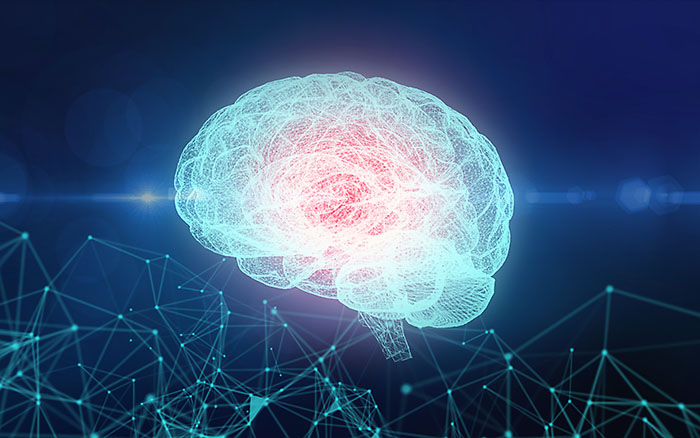Electroceuticals, bionics and neuroimaging

We are pioneers in developing brain-machine technologies, creating devices that link the human nervous system to the brain. This program has three major branches.
The first area is bionic devices that interact with the nervous system. Most prominent are the bionic ear and eye that convert sound and light into neural stimulation that the brain can understand. This also includes the emerging field of electroceuticals that uses electrical stimulation of the nervous system to treat chronic disease. Our lead product development includes devices that monitor and predict epileptic seizures.
The second area is brain-computer interfaces for paralysed patients. These devices record neural signals and decode them to control external devices such as a computer or prosthetic limb. We have developed new technologies that can place electrodes into the brain via blood vessels to provide minimally invasive brain recordings.
The third area is neuroimaging. We are using technologies such as Magnetic Resonance Imaging (MRI) and Positron Emission Tomography (PET) to investigate brain networks and diseases. We are also developing new MRI sequences and processing methods to improve our imaging capabilities.
Our focus
- Bionic devices for sensory organs
- Brain stimulation treatments for epilepsy and depression
- Devices that restore mobility in paralysed patients using decoded brain signals
Capabilities
- Medical bionics
- Neural processing and brain-machine interface devices
- Electrophysiology
- Computational neuroscience
- Electroencephalogram (EEG)
- Intracranial EEG (iEEG)
- Electromyography (EMG)
- Neural engineering
- Machine learning and artificial intelligence (AI)
- Neuroimaging
Our partners
- Bionics Institute
- Bionic Vision Technologies
- Centre for Eye Research Australia
- Cochlear
- Epi-Minder
- IBM
- Royal Victorian Eye and Ear Hospital
- Seer Medical
- St Vincent’s Hospital Melbourne
- Synchron
- Royal Melbourne Hospital
Case studies
Patients see light as first sign of restored vision from bionic eye prototype
The brain’s electrical conductivity creates a special place in medicine for electrical engineers. It has allowed them to open new frontiers, using implanted electronic devices to bypass damaged human sense organs and reconnect the brain to information about the external world.
Getting down to epilepsy research and treatment
As he nears the end of his PhD, Daniel Payne is now a published author investigating the disease that impacted the very start of his tertiary education.
Seemingly random seizures not so random
The research provides evidence that the seemingly random occurrence of seizures actually follows a predetermined path that can be understood through the mathematical theory of critical slowing.
Electrical approach triggers new treatments for chronic disease
Known variously as bioelectronics or electroceuticals, emerging therapies that use the electronics or electrical stimulation of the nervous system to treat chronic disease offer exciting potential for improved human health and wellbeing. And Australian researchers are at the forefront of this fledging field.
Andrew Zalesky named one of Australia’s 30 most innovative by Engineers Australia
Engineers Australia magazine, Create, recognised two Faculty of Engineering and Information Technology academics amongst the top 30 most innovative. Here, Associate Professor Andrew Zalesky reflects upon this honour.
Tony Burkitt awarded 2019 Victoria Prize for Science & Innovation
Professor Anthony Burkitt has been awarded the 2019 Victoria Prize in recognition of his work to develop a bionic eye and provide artificial vision to visually impaired people who could previously see.